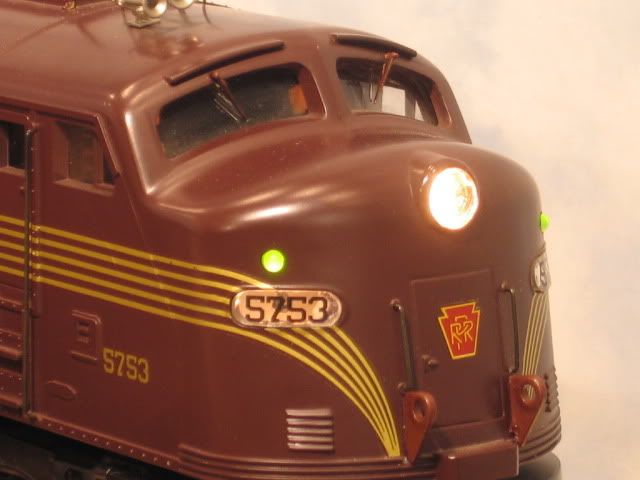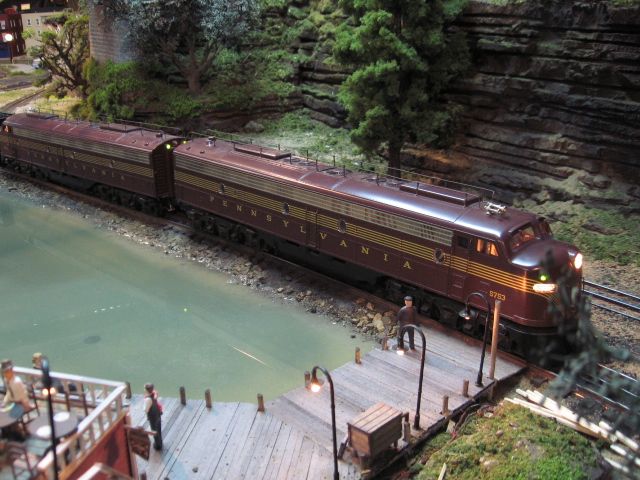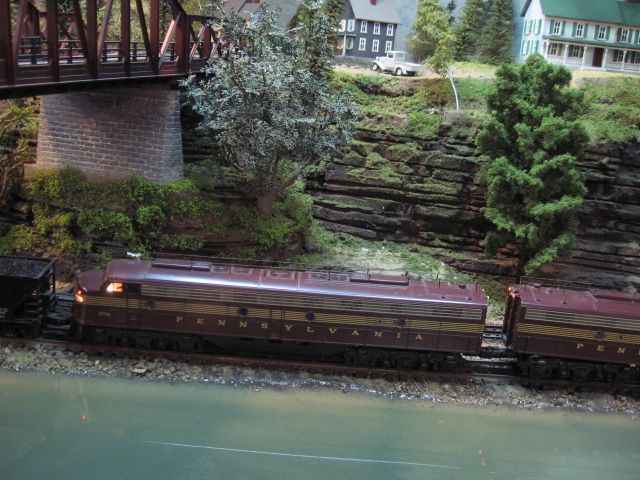I am working on an Atlas diesel with TMCC/RS. Uses a Code 08 R2LC. The headlights are LEDs with only a current limiting resistor. They are driven in parallel with the Red Marker LEDs. The red markers are on a PCB with diodes to rectify the input.
The function seems odd. The front markers go out in reverse, but both headlights stay on. In neutral all stay on. What is the actual output of the R2LC light pins, I remember some conversation about reverse half wave switches with each direction change.. Has anyone tried to drive these LEDs with a Constant Voltage input?
As an update, the above was in conventional. Testing with TMCC, the headlight comes on with the associated marker off, when you change direction headlight goes out its marker goes on, and the reverse light goes on and the associated reverse markers go off. So it does seem to be half AC signal coming out. Turns out the diodes on the Marker PCB are oriented to block the opposite half wave the headlight LEDs gets. If the headlight was a bulb wouldn't it be on all the time since there always seems to be at least half a sine wave output available? G













